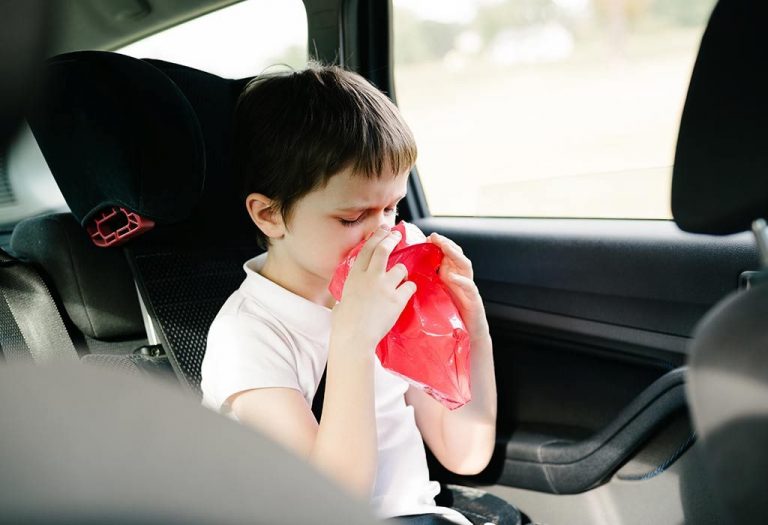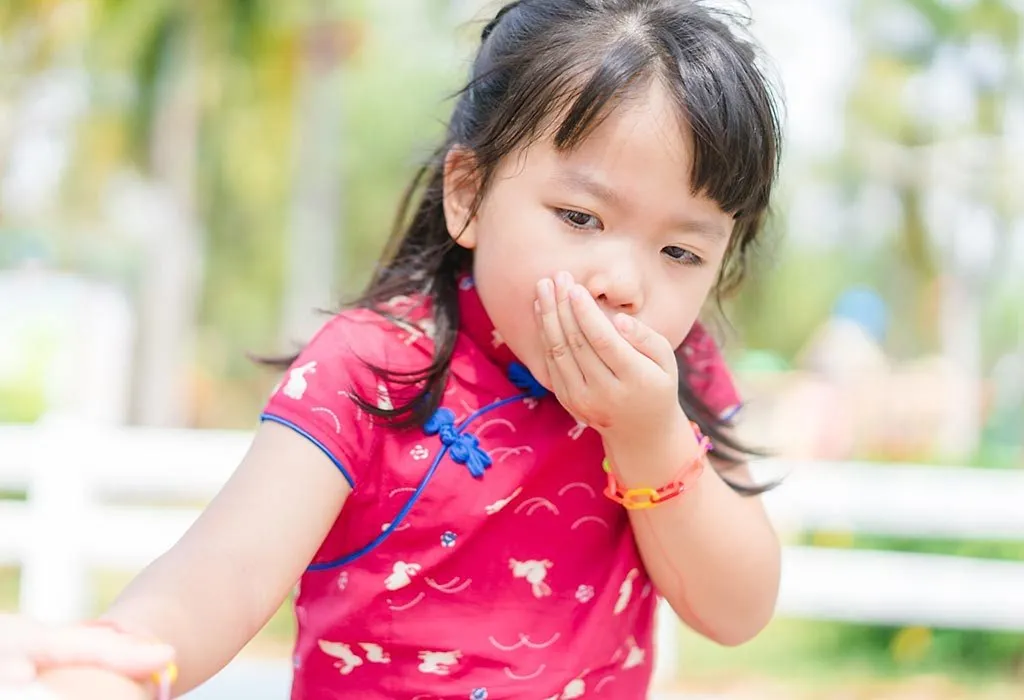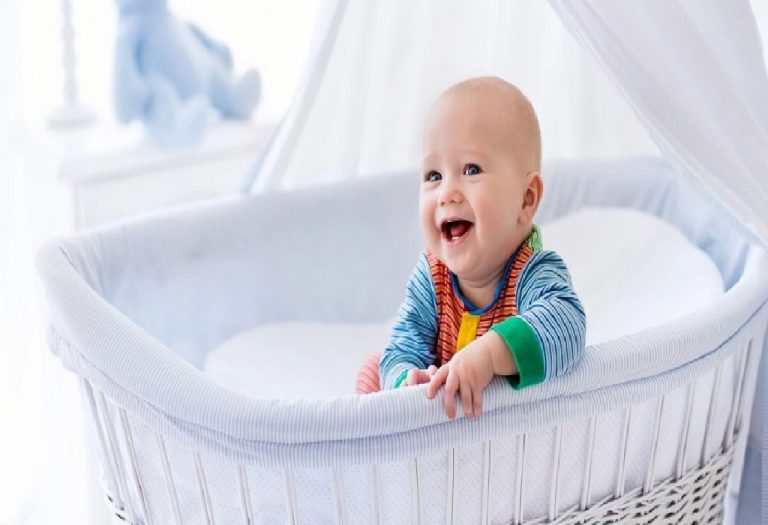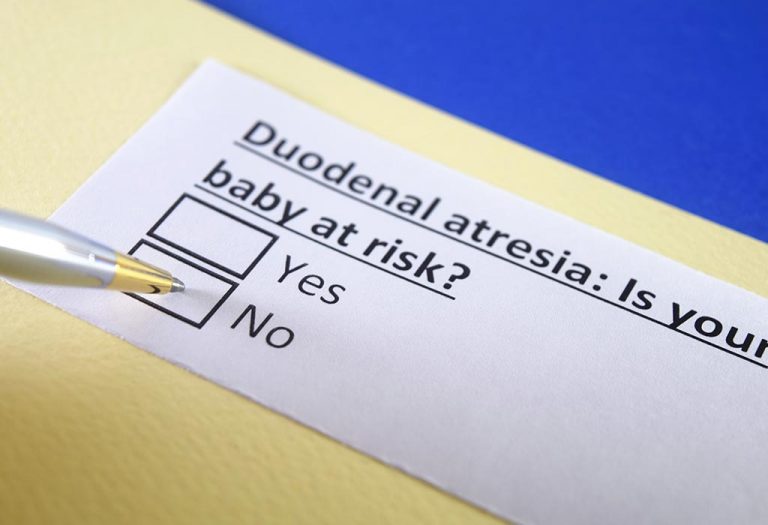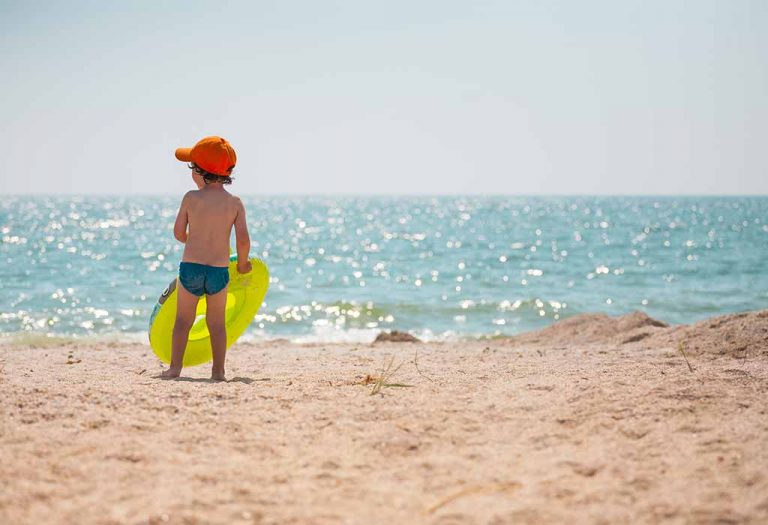Altitude Sickness in Babies & Kids

Kids and altitude sickness have known to coexist for a long time but the connection might have been observed in recent times. You might have heard incidents of children having a tough time when they go to a hill station, or your own child might be suffering from it, too. While a nice trip to a high altitude place might seem like the best vacation plan ever, a condition of altitude sickness in your child could cause you to put the plans on hold or change them altogether. Thankfully, altitude sickness in babies & kids can be prevented and treated effectively with a few tips and tricks.
What Is Altitude Sickness?
Altitude sickness is a proper medical condition that plagues people and children when present significantly above sea level. There is an entire range of symptoms that can indicate the presence of discomfort ranging from nausea, headaches, vomiting, or even mild ones such as loss of appetite. This usually occurs when the height is more than 2.4 kilometres above sea level. While some instances can only be mildly discomforting, there are possibilities of some reactions being extremely fatal to the person.
Types of Altitude Sickness
Amongst the various symptoms that can emerge at a high altitude, the phenomena of altitude sickness are usually divided into three major categories.
1. Acute Mountain Sickness
Generally abbreviated as AMS, acute mountain sickness is strongly categorised by the presence of nausea and vomiting, combined with strong headaches and a loss of appetite. Most people also complain of fatigue as a result of this condition. This is the most common sickness experienced at high altitudes.
2.High Altitude Cerebral Edema
Abbreviated as HACE, this condition usually has all the symptoms of acute mountain sickness, along with a sudden onset of lethargy, an inability to have proper gait, and a complete sense of utter confusion about the situation. HACE, if left untreated, can be quite fatal.
3. High Altitude Pulmonary Edema
Just like HACE, this condition termed as HAPE, also contains all symptoms such as nausea, vomiting, headache, fatigue, as well as a focus on the respiratory activity, leading to constant breathlessness, cough and extreme weakness. Though HAPE is quite rare, it is just as fatal as HACE, if left untreated.
What Causes Altitude Sickness in Children
There are no specific reasons to understand why altitude sickness might be triggered in some children while not in others. One of the strongest reasons behind that seems to be the presence of lower oxygen levels as compared to that at ground level. This usually causes the body to exert more effort in carrying out the same functions, which also ends up using more oxygen than before. Furthermore, any activity causing exertion, such as hiking or trekking, can lead to an increased demand for oxygen, worsening the sickness and making the baby uncomfortable.
Possible Symptoms of Altitude Sickness in a Child
The symptoms of altitude sickness in babies or children are pretty straightforward and can be spotted by any person easily. These usually are:
- Erratic moods ranging from crankiness to sudden periods of silence
- The onset of depression resulting in an absence of activity and energy
- A strong sense of fatigue and exhaustion
- Sudden drowsiness that can be uncontrollable
- The sensation of being dizzy, similar to vertigo
- Signs of indigestion, a complete loss of appetite, and food refusal
- Extreme nausea combined with bouts of vomiting
- Irritability
- Clinginess as they seek comfort
How to Treat a Child’s Altitude Sickness
In most children, altitude sickness is rarely quite severe and can be treated or reduced with some quick methods. Most of them work towards making the body feel better and instilling a sense of mental peace and calm. Read on to learn how to help a child with altitude sickness.
- Give your child a sweater or gloves to protect from the cold mountain air. Cuddle up against your baby in multiple layers if you can.
- Stay hydrated. Let your child drink as much water as possible to feel better. Allow your baby to breastfeed as well since that could make him feel better. The doctor may also prescribe an electrolyte solution which will keep the nausea in control.
- If your baby’s condition doesn’t improve, you might have to relocate to an area with a lower altitude.
- In case the symptoms get severe, get your kids to the hospital as soon as you can, where the doctor may prescribe medicines.
How to Prevent High Altitude Sickness in Kids
Preventing altitude sickness in toddlers and kids can be achieved by adhering to some simple basic precautions.
- Avoid going to places located at high altitudes if your baby is younger than three months or your child has had unresolved issues earlier.
- Climb 1,000 feet (305 meters) at a time, staying at that altitude for a day before progressing higher. This allows your baby’s body to gradually adjust to the increasing altitude.
- Make sure your kid rests extensively once you reach your destination and not indulge in any activity right away.
- When in a vehicle, try to drive slower while crossing hills and avoid taking sharp turns.
- If on a long journey, take enough breaks in between to allow periods of rest and refreshments.
- Let your kid sip water throughout or even some juices if possible.
- Be aware of any symptoms and take corrective action immediately.
When to Consult the Doctor
You should consider consulting a doctor if your baby shows any concerning symptoms related to altitude sickness, such as difficulty breathing, persistent irritability, bluish skin or lips, or unusual fatigue. Additionally, if symptoms worsen or fail to improve despite adjusting to the altitude, medical attention is necessary to ensure your baby’s safety and well-being.
FAQs
1. Are there long-term effects of altitude sickness on babies?
While altitude sickness typically resolves once the child returns to a lower altitude, severe or prolonged exposure to high altitudes can lead to more serious issues such as chronic mountain sickness. This is rare, but if your baby experiences repeated altitude sickness or seems to have difficulty adjusting, consult a healthcare provider to assess the situation.
2. Is it safe to travel with a baby to high altitudes if they were born prematurely?
Babies born prematurely may have more sensitive lungs and an increased risk of respiratory issues, which could make it harder for them to adjust to higher altitudes. It’s important to consult your pediatrician before traveling to high altitudes with a premature baby, as they can help assess whether it’s safe and what precautions to take.
This was all about altitude sickness in infants. Babies and high altitude locations do not always go hand-in-hand, especially when they are too young. Most altitude sickness symptoms fade away once children grow up. Any other instances can be checked by the doctor to diagnose any rare conditions.
References/Resources:
1. Preventing Altitude Sickness in Children; Children’s Hospital Colorado; https://www.childrenscolorado.org/health-professionals/professional-resources/charting-pediatrics-podcast/altitude-sickness-children/
2. Yaron. M, Niermeyer. S; Travel to High Altitude with Young Children: An Approach for Clinicians; High Altitude Medicine & Biology; https://www.liebertpub.com/doi/pdf/10.1089/ham.2008.1066; November 2008
3. High Elevation Travel & Altitude Illness; CDC; https://wwwnc.cdc.gov/travel/yellowbook/2024/environmental-hazards-risks/high-elevation-travel-and-altitude-illness
4. Durmowicz. A; Pulmonary edema in 6 children with Down syndrome during travel to moderate altitudes (Pediatrics); National Library of Medicine; https://pubmed.ncbi.nlm.nih.gov/11483813/; August 2001
5. Altitude sickness; NHS; https://www.nhs.uk/conditions/altitude-sickness/
6. Altitude sickness; Harvard Health Publishing; https://www.health.harvard.edu/a_to_z/altitude-sickness-a-to-z
7. Pollard. J, Murdoch. D, Bärtsch. P; Children in the mountains (BMJ); National Library of Medicine; https://www.ncbi.nlm.nih.gov/pmc/articles/PMC1112806/; March 1998
Also Read:
Childhood Fears and Phobia
Nightmares in Children
How to Handle Shyness in Children & Ways to Overcome It
Was This Article Helpful?
Parenting is a huge responsibility, for you as a caregiver, but also for us as a parenting content platform. We understand that and take our responsibility of creating credible content seriously. FirstCry Parenting articles are written and published only after extensive research using factually sound references to deliver quality content that is accurate, validated by experts, and completely reliable. To understand how we go about creating content that is credible, read our editorial policy here.






